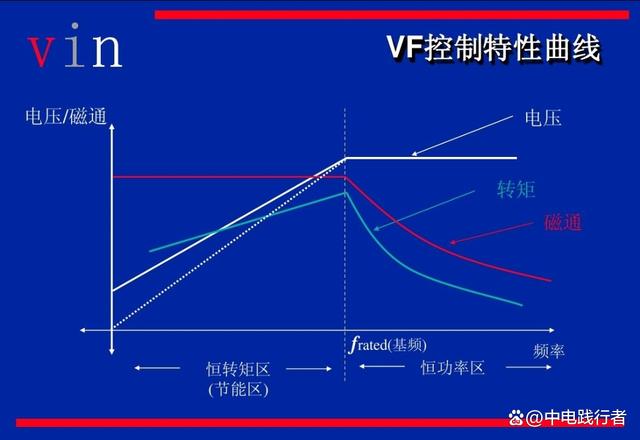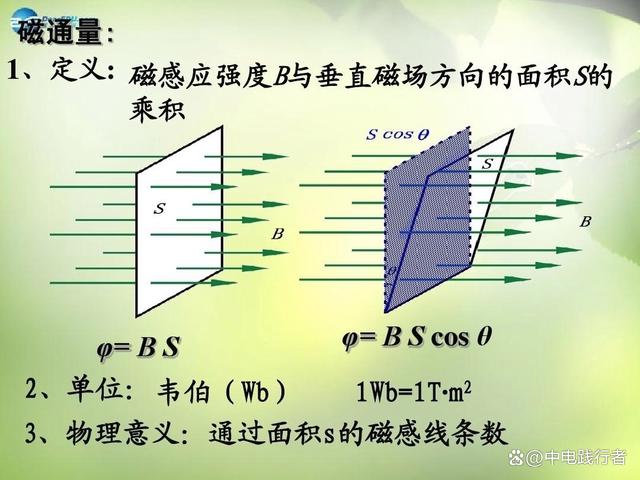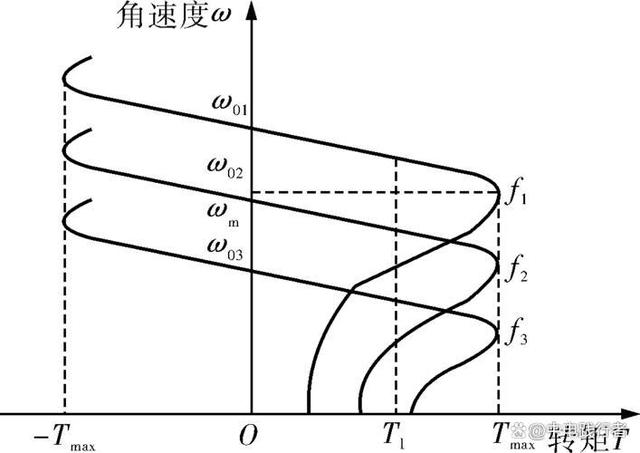-
Mail us
contact@tiger-transformer.com -
Phone us
(+86)15655168738
Mail us
contact@tiger-transformer.comPhone us
(+86)15655168738In an asynchronous machine, the transfer of energy depends on magnetic flux. This is considered from the perspective of energy conversion. To drag the load, sufficient mechanical energy is required, and this mechanical energy must be obtained from electrical energy. , and the link of transmission is this magnetic flux.
Magnetic flux, I believe everyone is already very familiar with it, is just like human tendons, but it is an invisible existence. When current flows in a circuit, naturally, what flows in a magnetic circuit is magnetic flux.
Under the power frequency three-phase power supply, the power supply voltage and frequency are basically constant, and the magnitude of the magnetic flux naturally tends to be stable. However, in the case of variable frequency, the magnetic flux will not change. Then it is constant, because under frequency conversion conditions, both voltage and frequency will change, and this change must follow certain rules, which is the voltage-to-frequency ratio curve mentioned before.
Since energy transfer is based on magnetic flux as a carrier, changes in magnetic flux will inevitably affect the output of the motor.

We usually say that the voltage is low and the motor is weak. In the final analysis, it comes back to the magnetic flux. The voltage is low, but the frequency does not change. When the magnetic flux is small, the rotor cannot obtain more energy, and the load carrying capacity naturally decreases. Specifically, the rotor torque is determined by the joint action of the rotor current and the magnetic flux, but the current will be restricted by the heating conditions and cannot exceed its value. Rated value, so when the rotor current is constant, the magnetic flux size is the decisive factor.
If the magnetic flux is small, then wouldn’t it be better if the magnetic flux is larger? Of course not, whether it is a transformer, transformer, or motor, their principles are actually exactly the same. Transformers are also called static motors. When the magnetic flux is large, it will be saturated in the magnetic circuit. No matter how much the excitation current increases, the magnetic flux will tend to be flat and will not change anymore! At this time, not only will the heat be severe, but the excitation current will also be distorted, severely saturated, and overcurrent tripping will occur.

So, when driving the motor with variable frequency speed regulation, there will be A very, very important condition is to keep the magnetic flux constant, which is the decisive factor to ensure that the motor can work normally. In fact, this goes back to the voltage-frequency ratio curve.
Under variable frequency conditions, the magnitude of the magnetic flux is equal to the ratio of voltage to frequency. Therefore, in order to keep the magnetic flux constant, it must be maintained at a constant. When the frequency changes, the frequency must also change proportionally. .

In some manuals or reference books, you often see Some PAM, PWM, SPWM, what do these mean? What are the advantages and disadvantages? In fact, they are all inherent modulation methods, based on inversion.